Filter data
|
ID |
Nickname |
Country / City |
Languages |
Taxonomies |
Comment |
Project / Group |
Map |
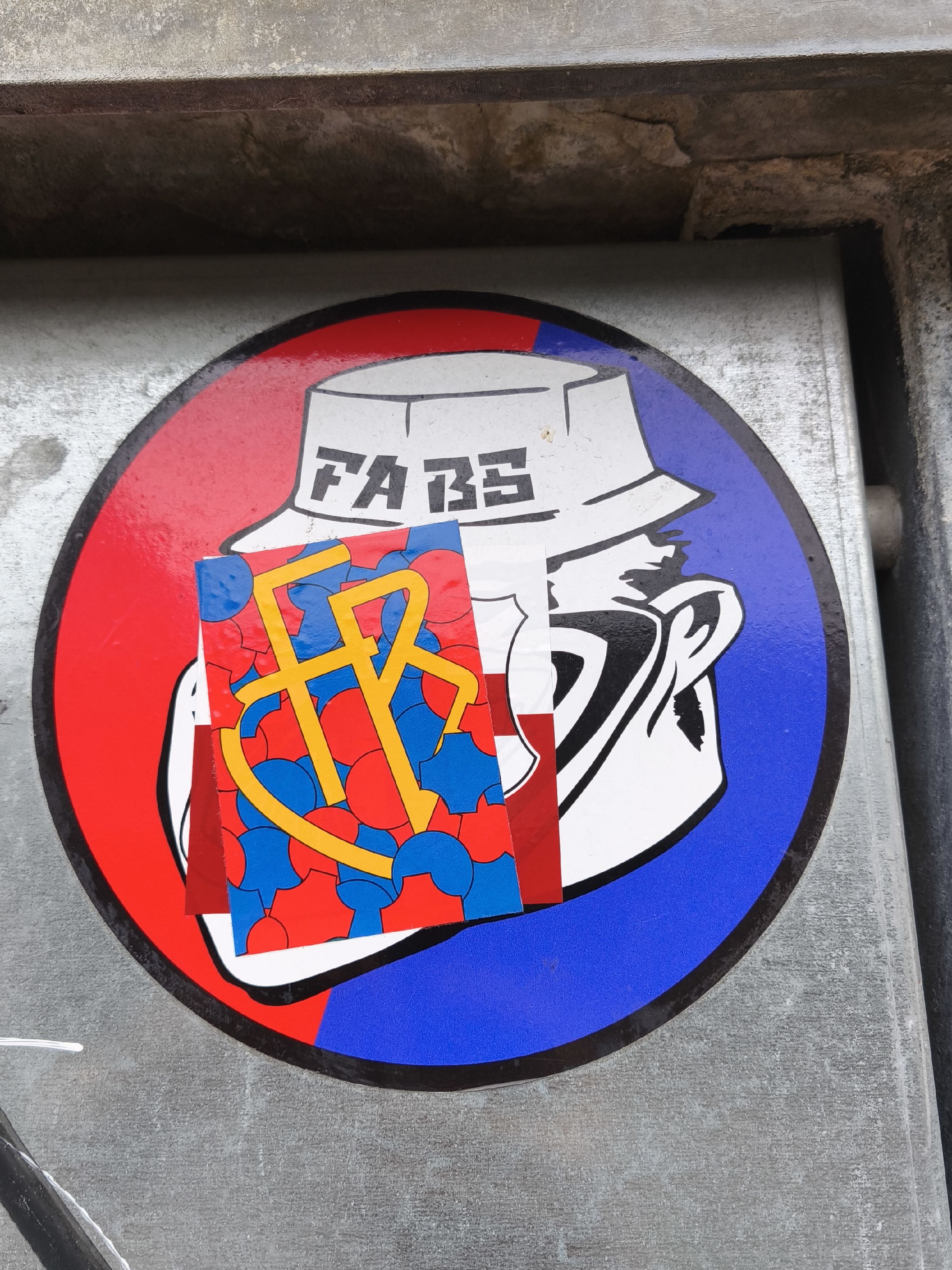
|
138119
|
Ying_Phan
|
Switzerland
Basel
|
|
|
FC Basel
|
|
|
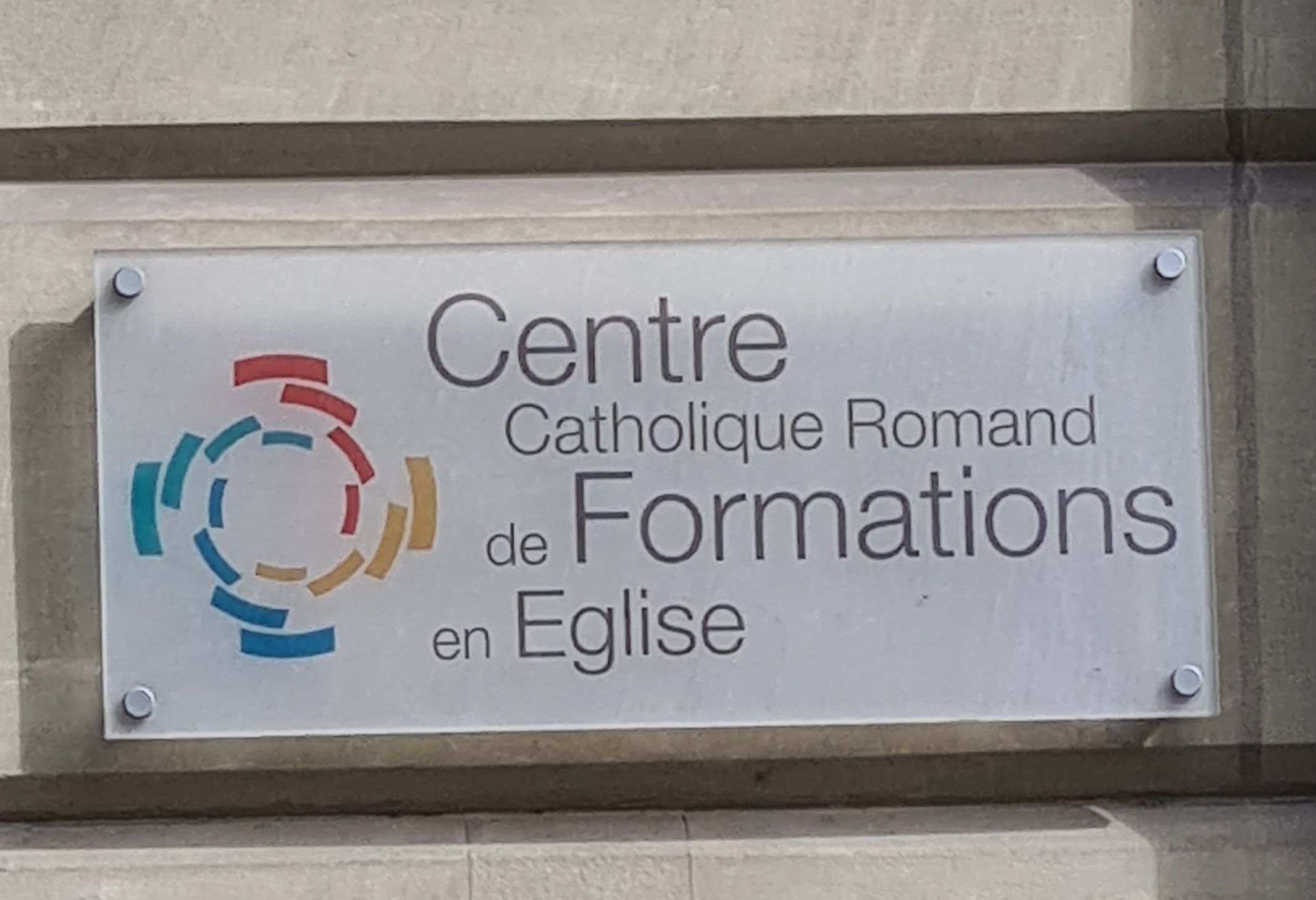
|
138631
|
L-U.K
|
Switzerland
Fribourg
|
|
|
—
|
Freiburg/Fribourg2025
|
|
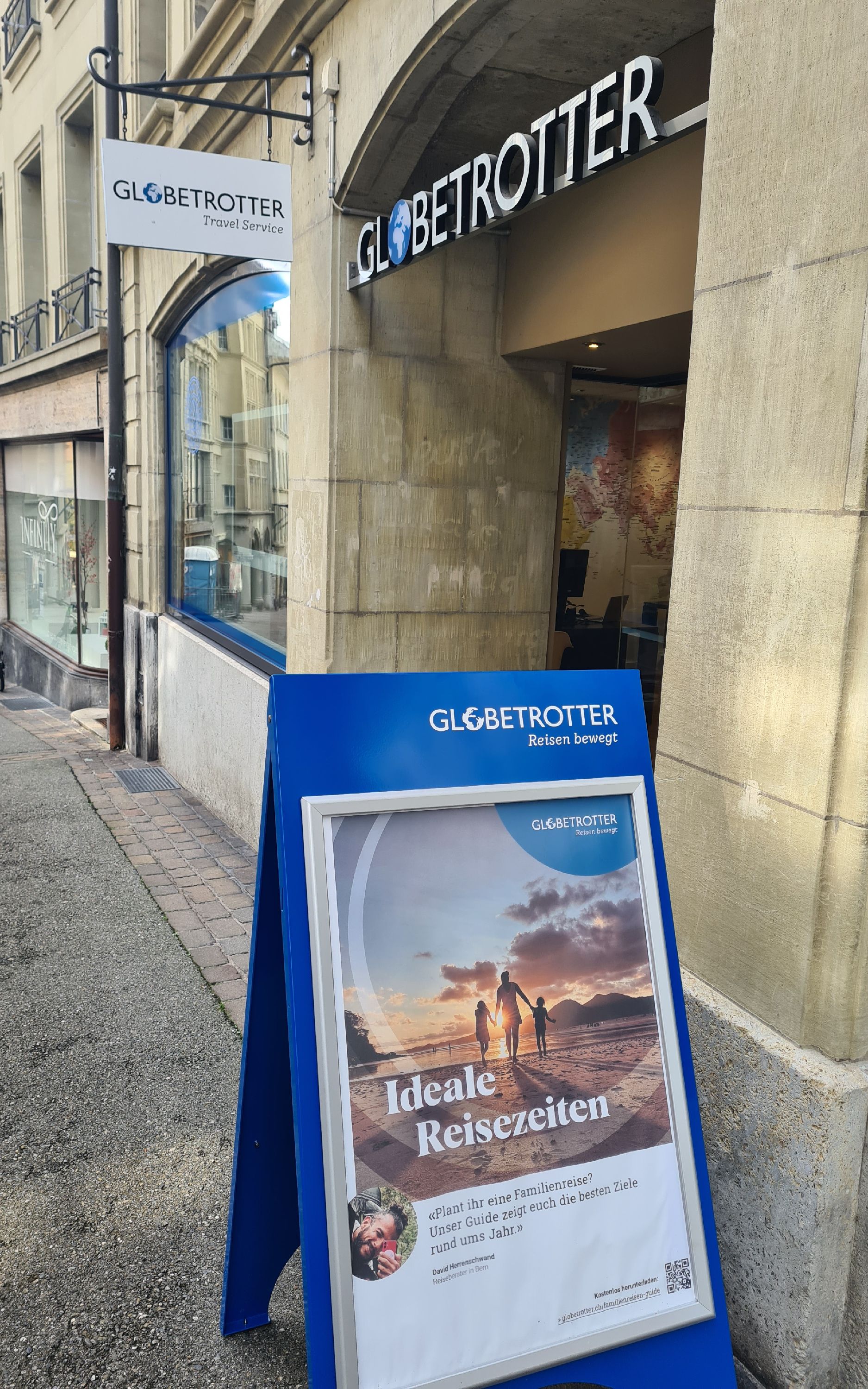
|
139655
|
L-U.K
|
Switzerland
Fribourg
|
|
|
—
|
Freiburg/Fribourg2025
|
|
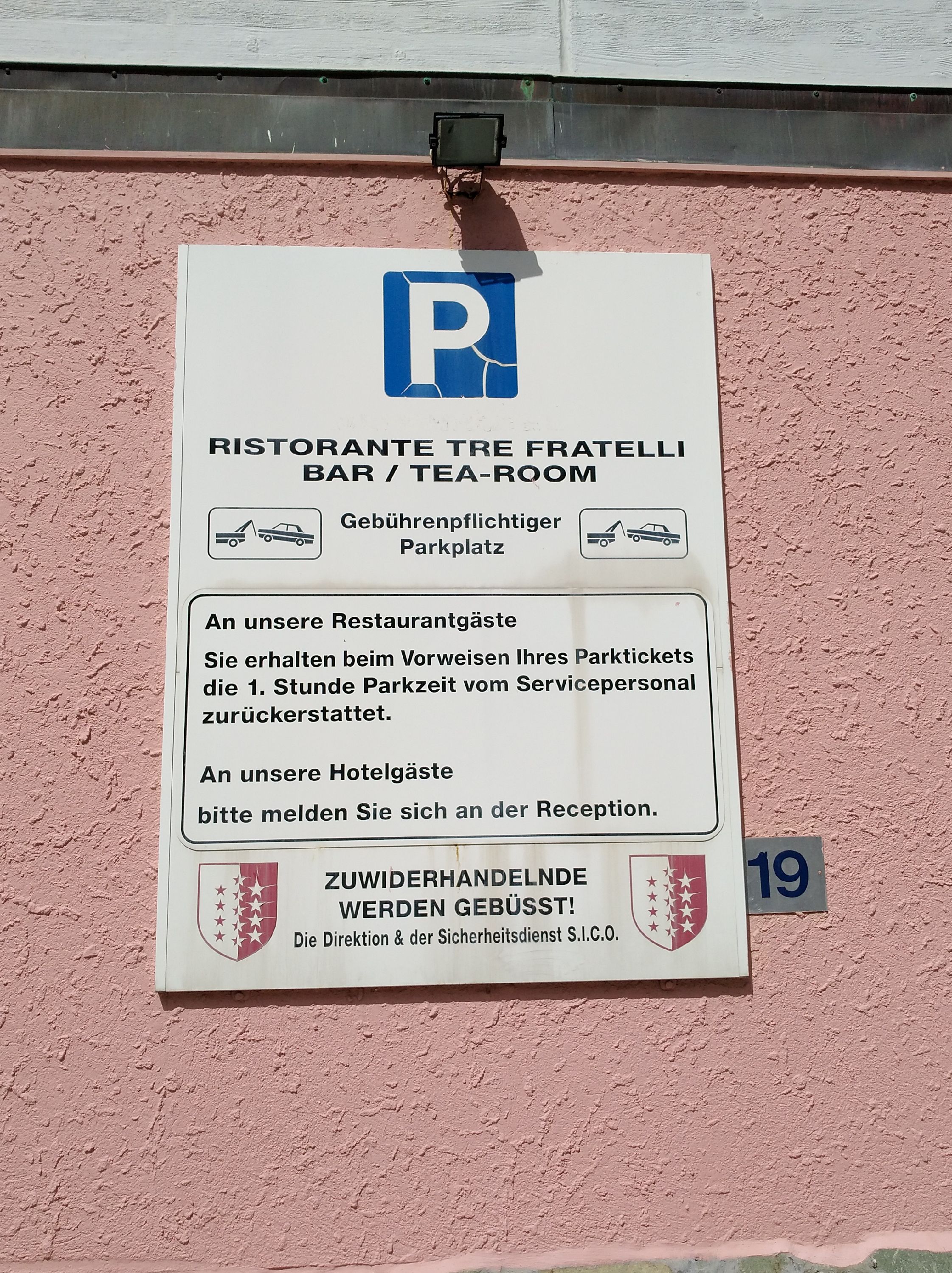
|
8839
|
|
Switzerland
Täsch
|
|
|
—
|
MA1.0
|
|
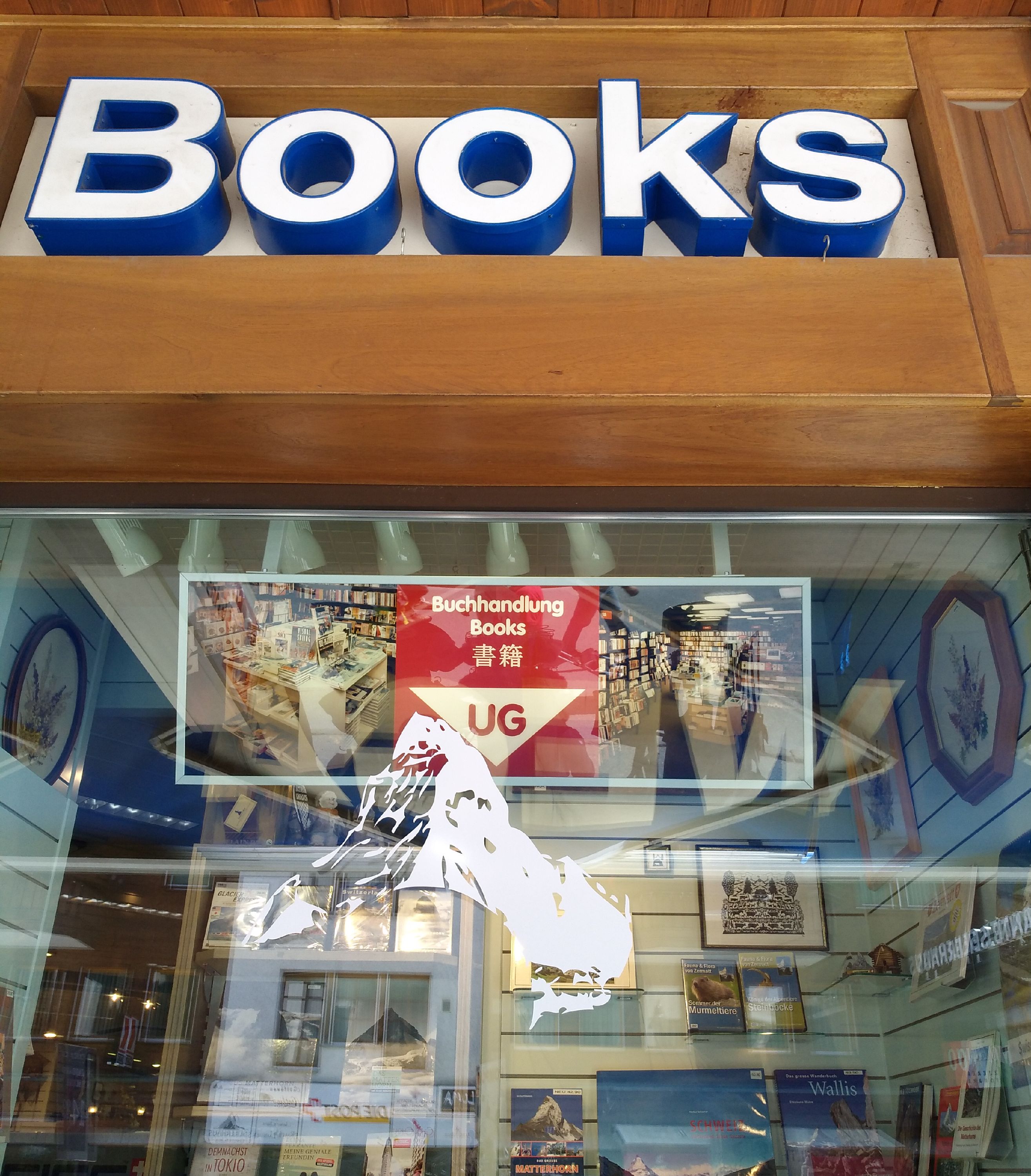
|
9095
|
|
Switzerland
Zermatt
|
|
|
—
|
MA1.0
|
|
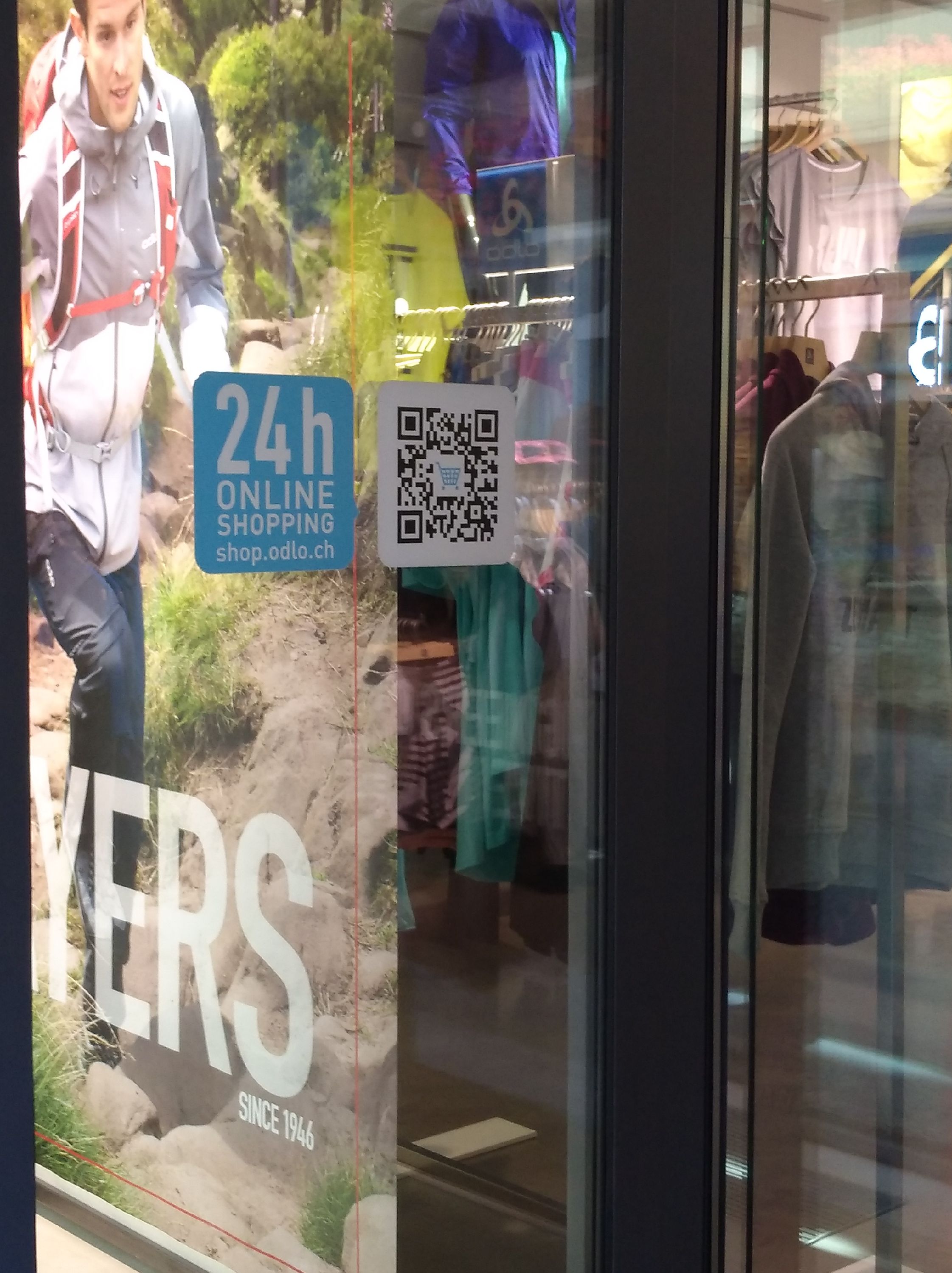
|
9351
|
|
Switzerland
Zermatt
|
|
|
—
|
MA1.0
|
|
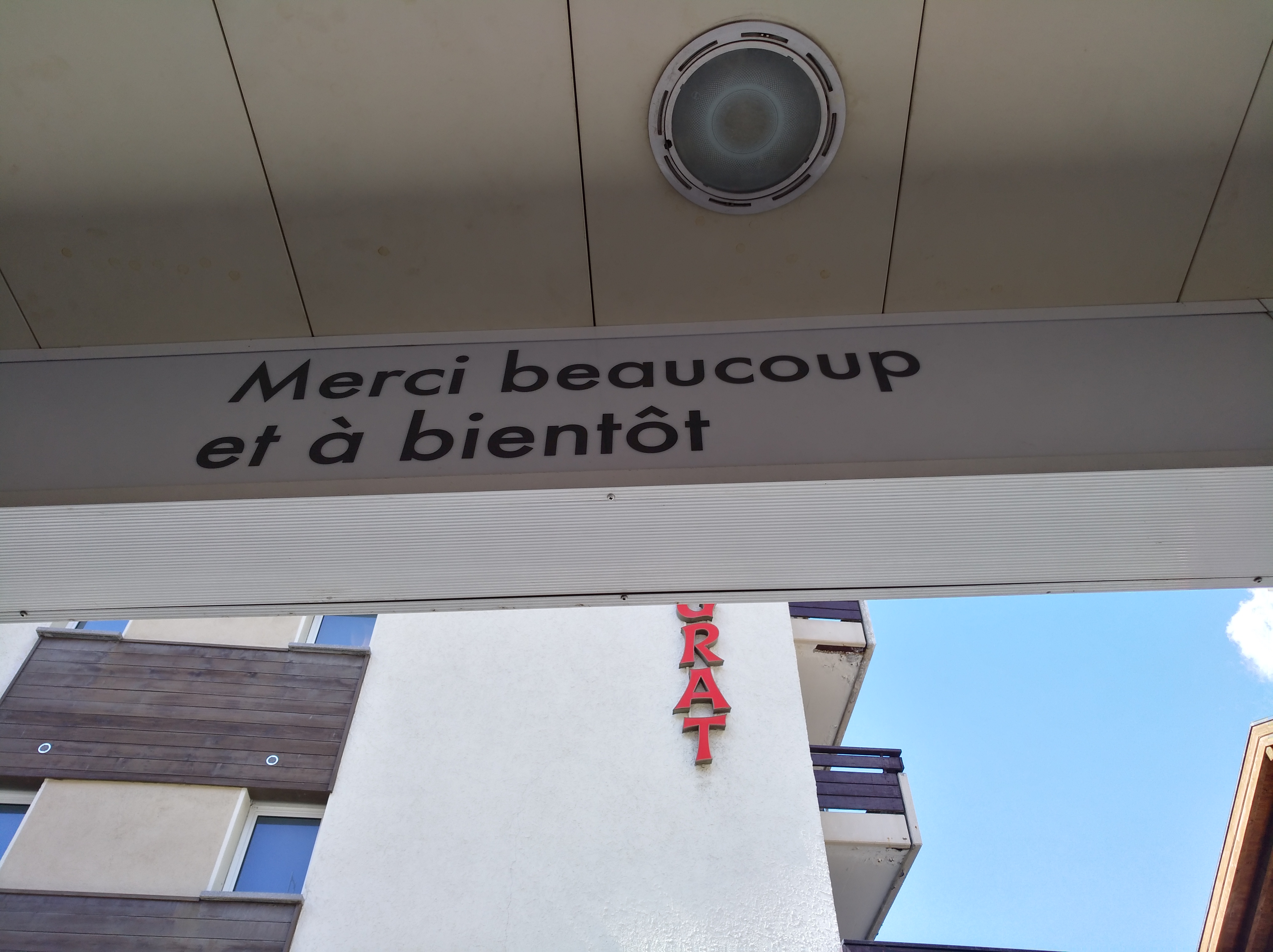
|
9607
|
|
Switzerland
Zermatt
|
|
|
—
|
MA1.0
|
|
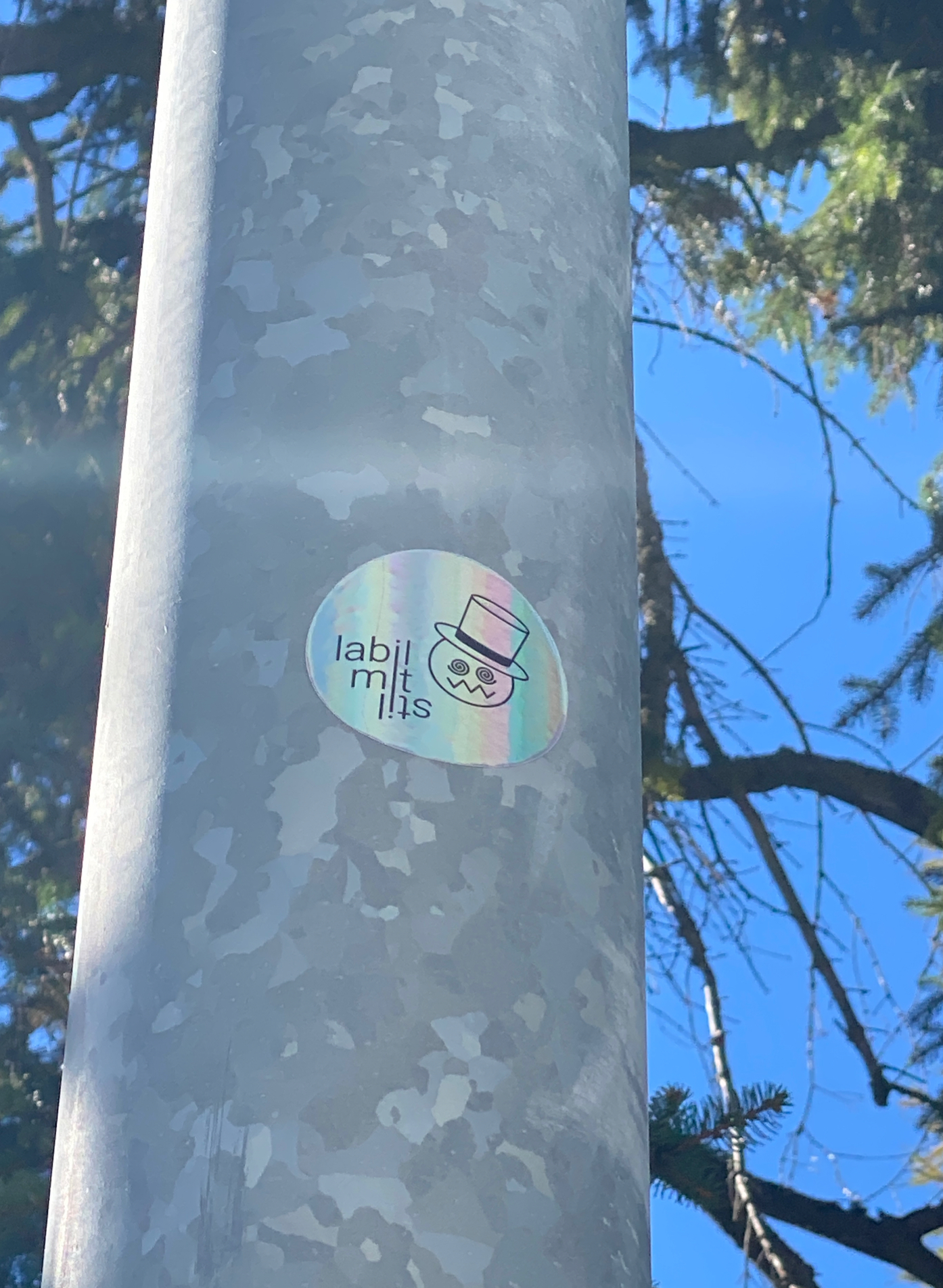
|
141447
|
Travis
|
Switzerland
Davos Platz
|
|
|
—
|
|
|
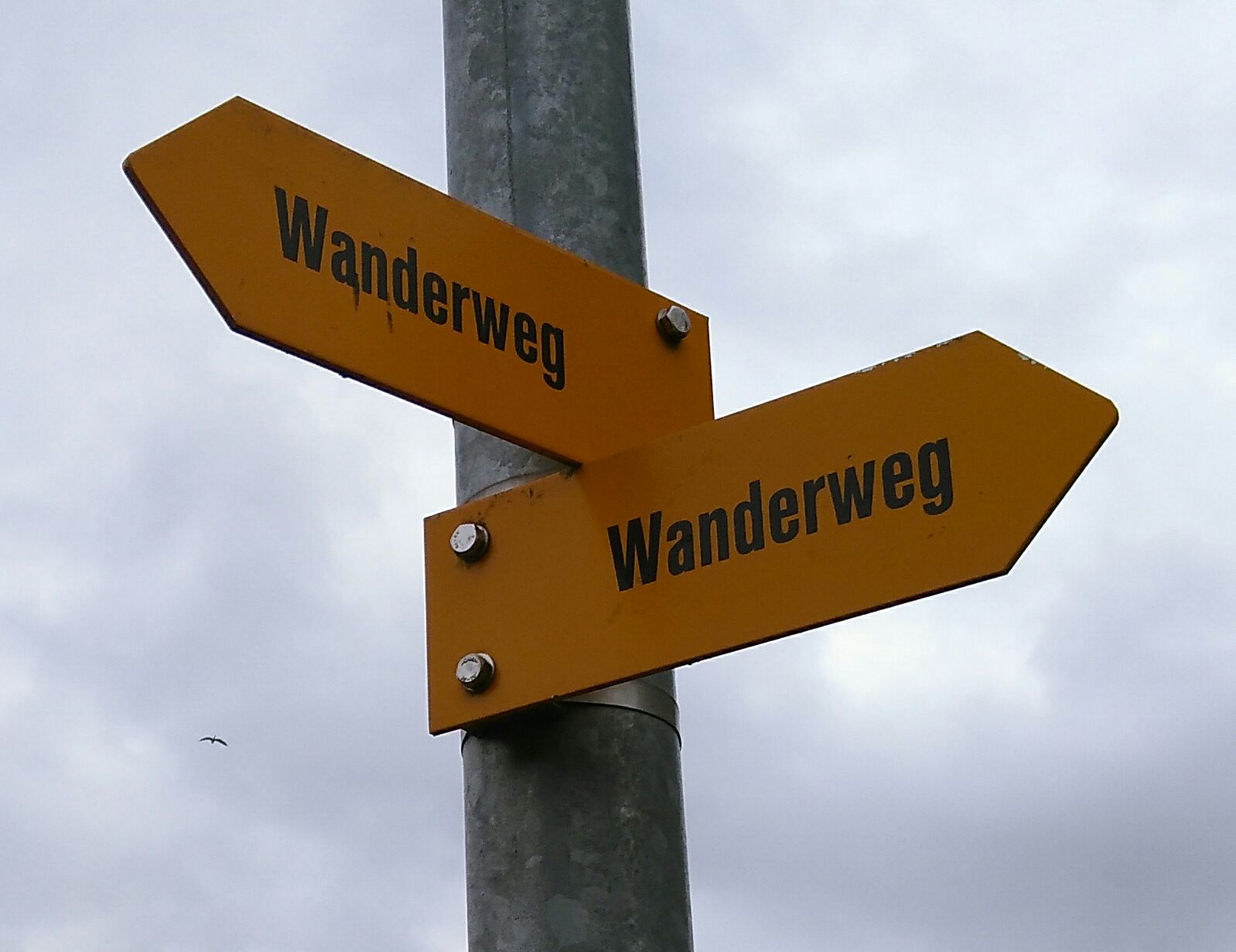
|
11911
|
|
Switzerland
Aarau
|
|
|
—
|
|
|

|
12167
|
|
Switzerland
Biel
|
|
|
—
|
|
|
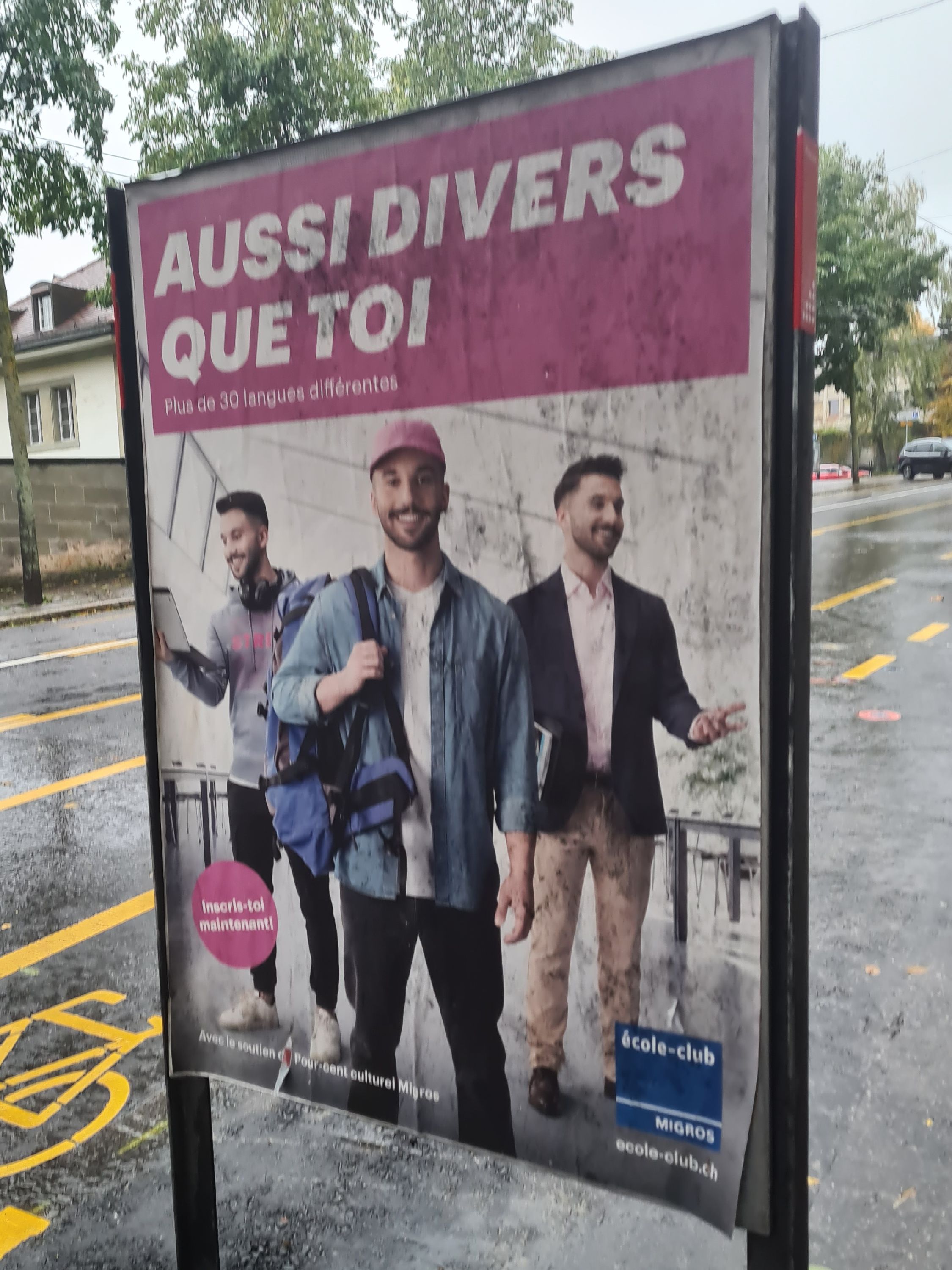
|
143239
|
L-U.K
|
Switzerland
Fribourg
|
|
|
—
|
Freiburg/Fribourg2025
|
|

|
12423
|
|
Switzerland
Murten
|
|
|
—
|
|
|

|
143495
|
L-U.K
|
Switzerland
Fribourg
|
|
|
—
|
Freiburg/Fribourg2025
|
|
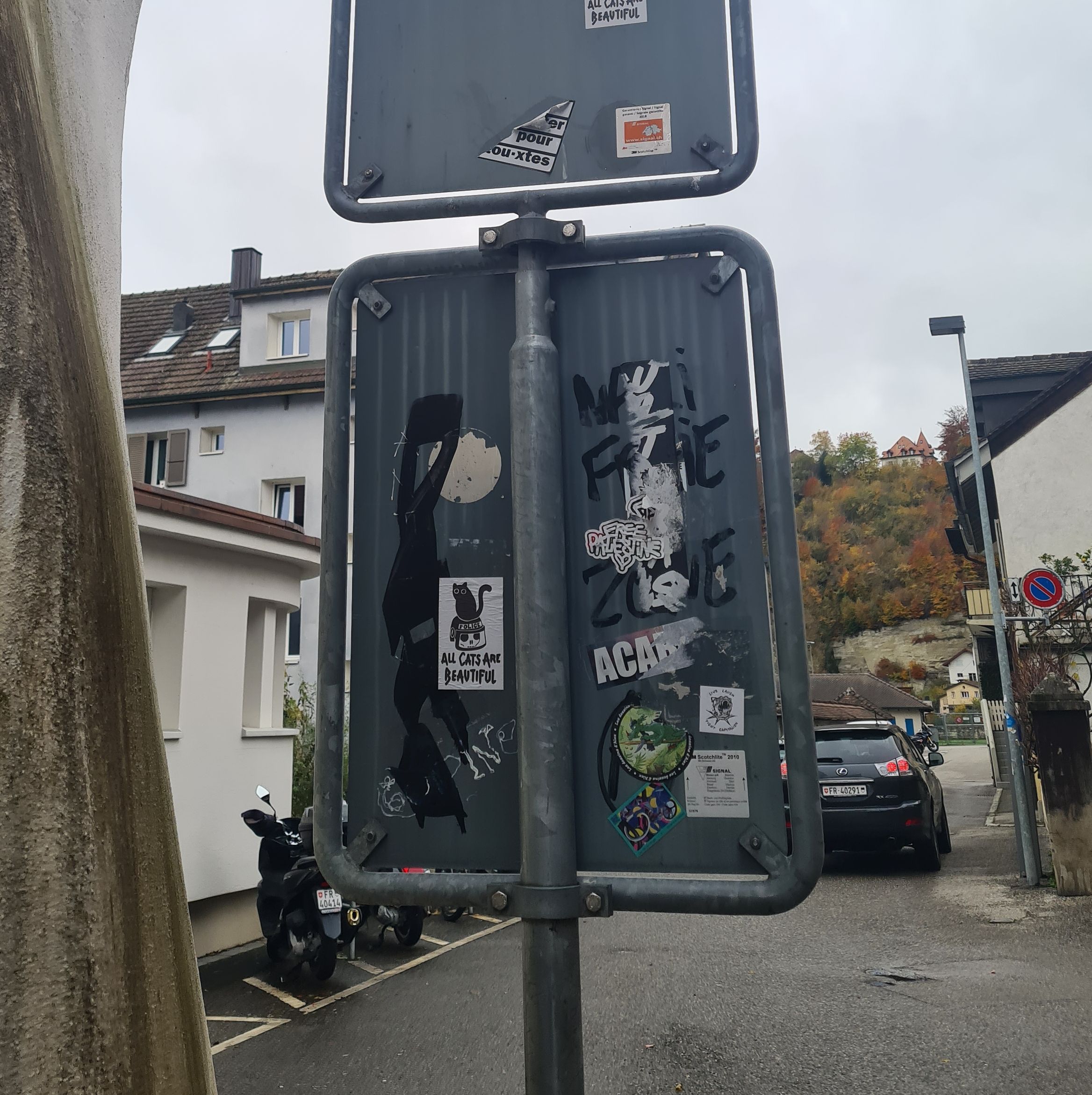
|
144263
|
L-U.K
|
Switzerland
Fribourg
|
|
|
graffiti "nazi freie zone"?
|
Freiburg/Fribourg2025
|
|

|
146823
|
Laurent
|
Switzerland
Cressier
|
|
|
—
|
|
|

|
148103
|
jwidmer
|
Switzerland
Fribourg
|
|
|
—
|
Freiburg/Fribourg2025
|
|
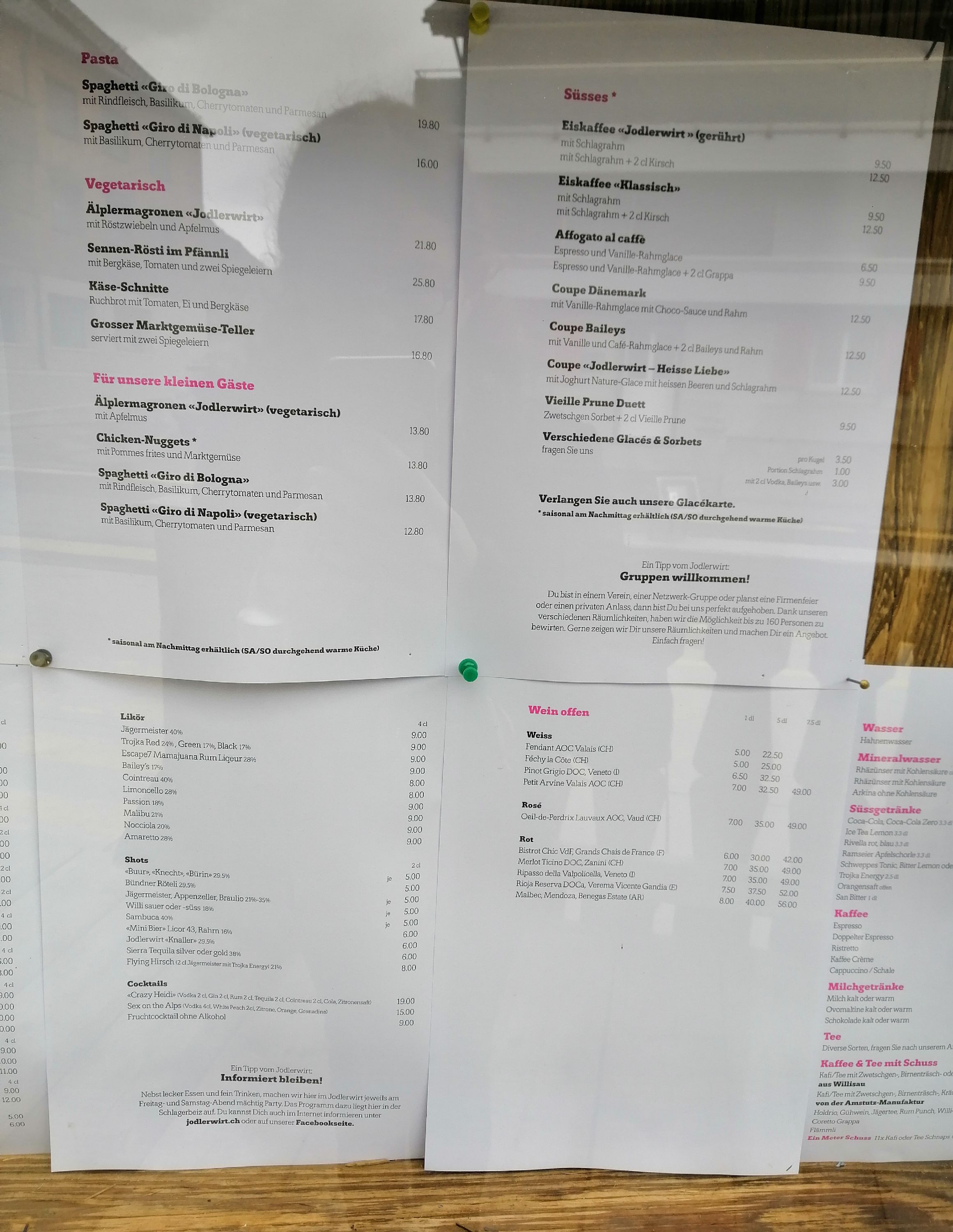
|
27271
|
|
Switzerland
Andermatt
|
|
|
—
|
BA Linguistic Landscape
|
|
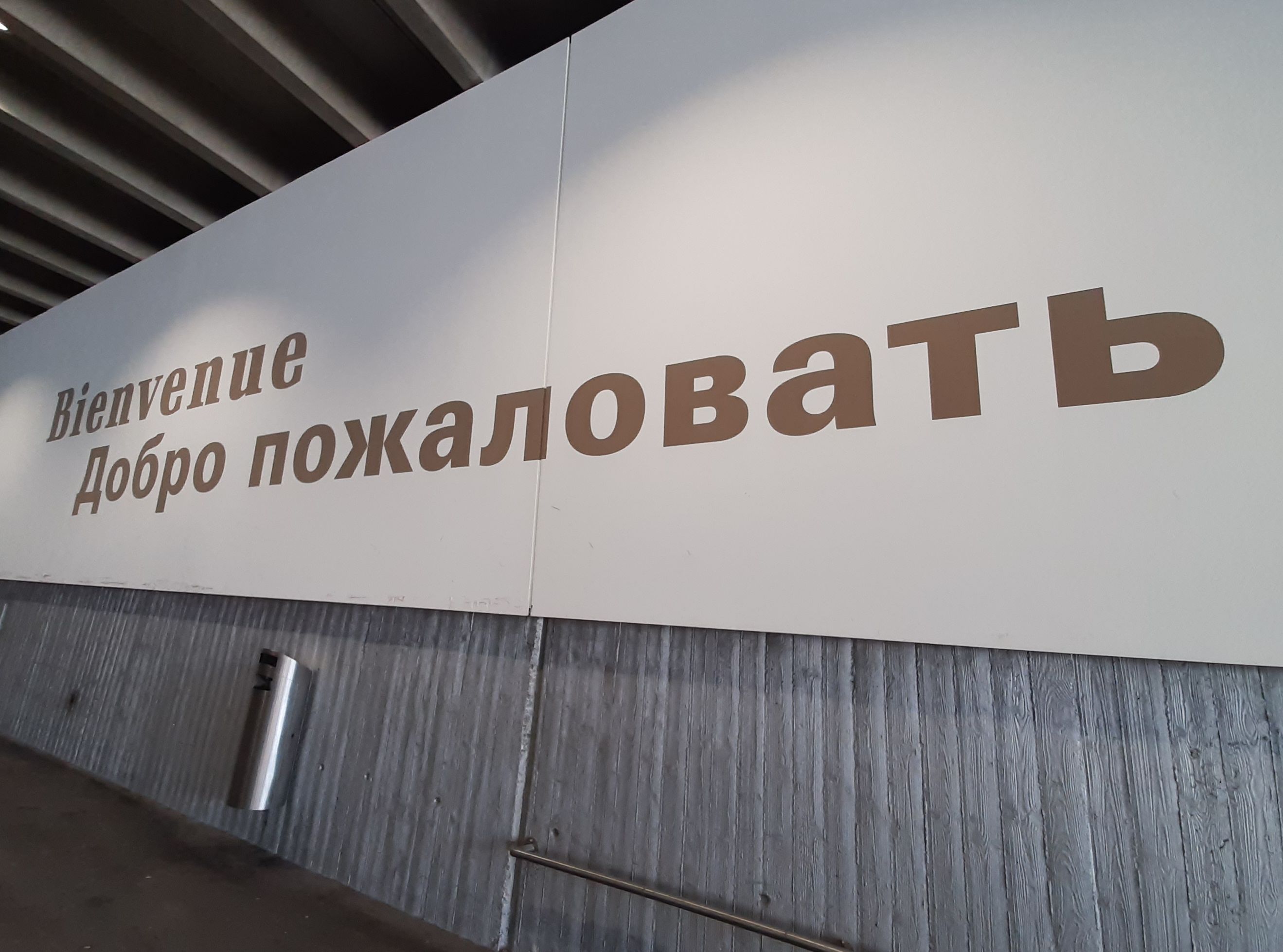
|
27527
|
|
Switzerland
Zermatt
|
|
|
—
|
BA Linguistic Landscape
|
|
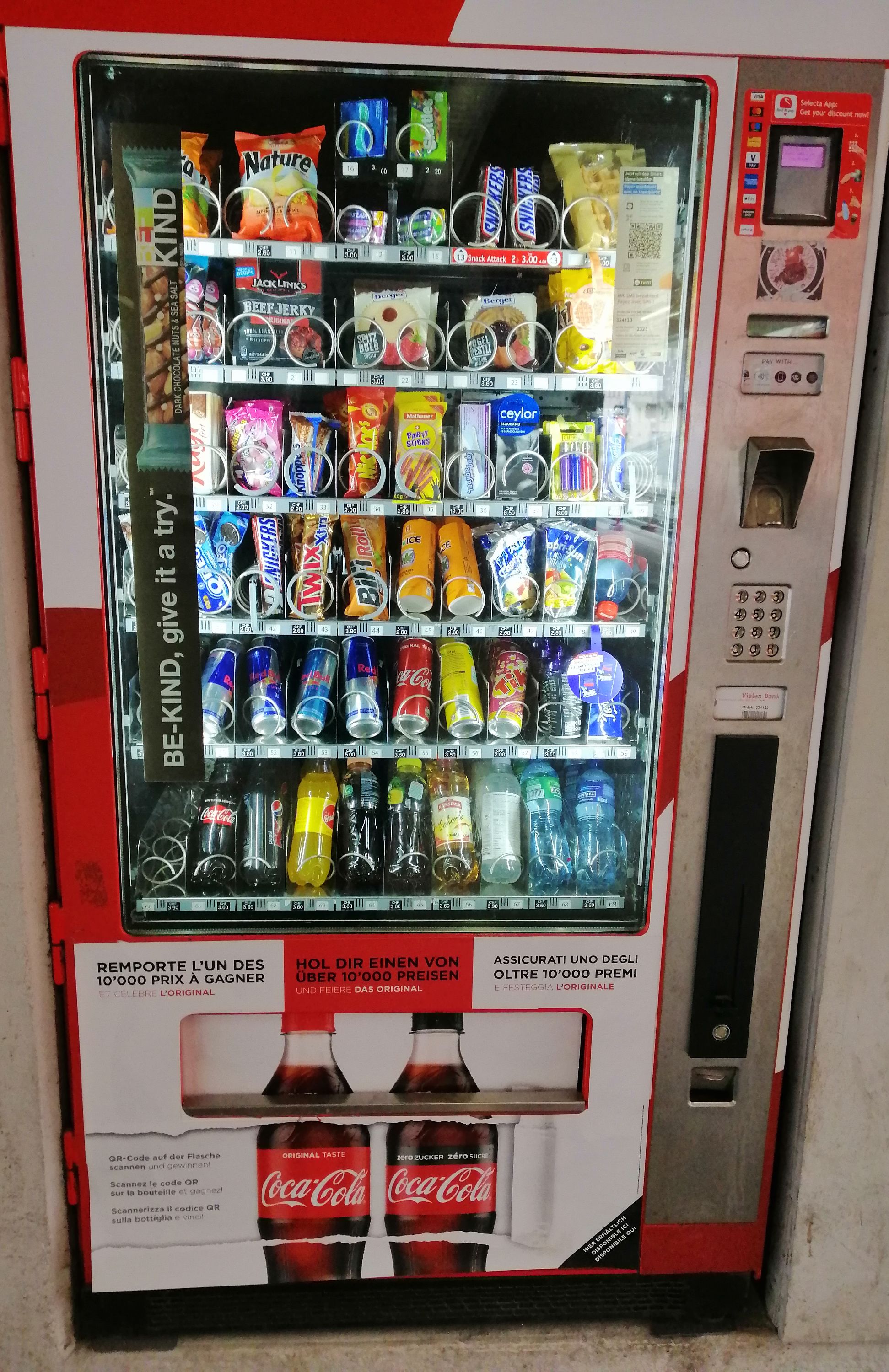
|
27783
|
|
Switzerland
Andermatt
|
|
|
—
|
BA Linguistic Landscape
|
|
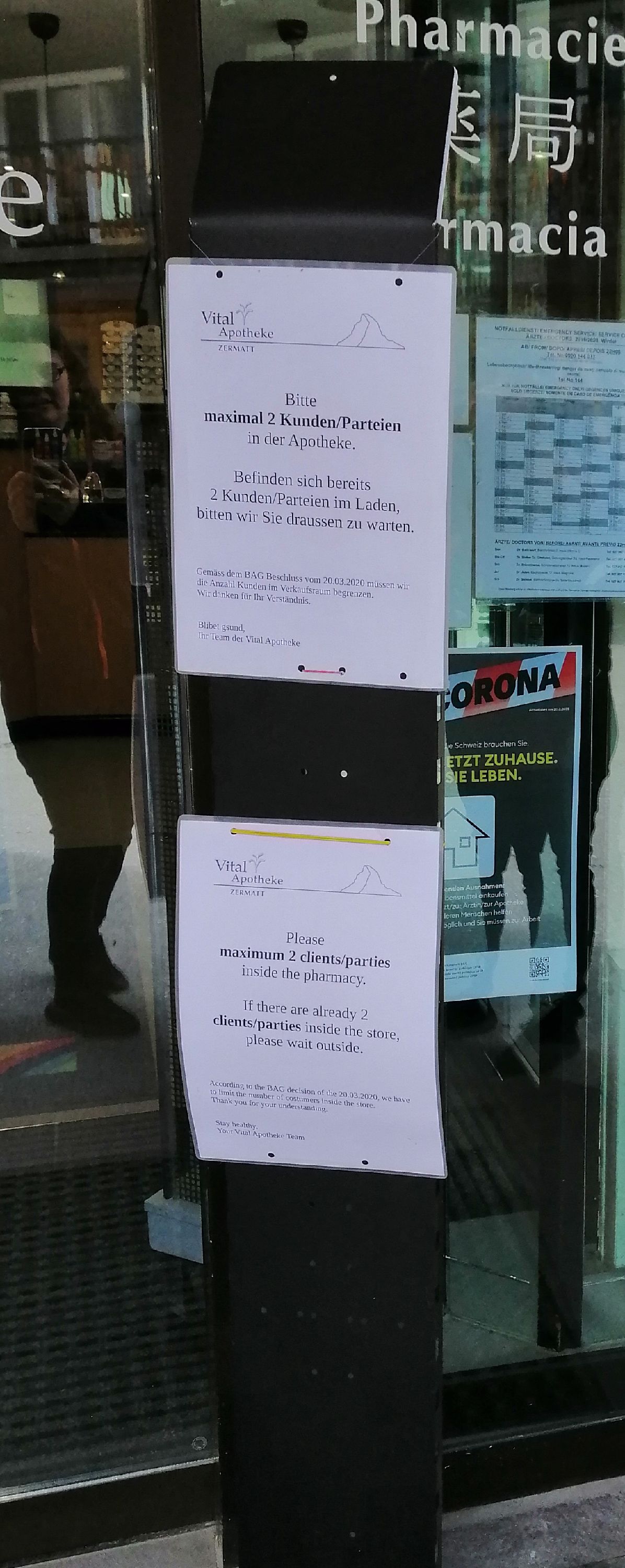
|
28295
|
|
Switzerland
Zermatt
|
|
|
—
|
BA Linguistic Landscape
|
|